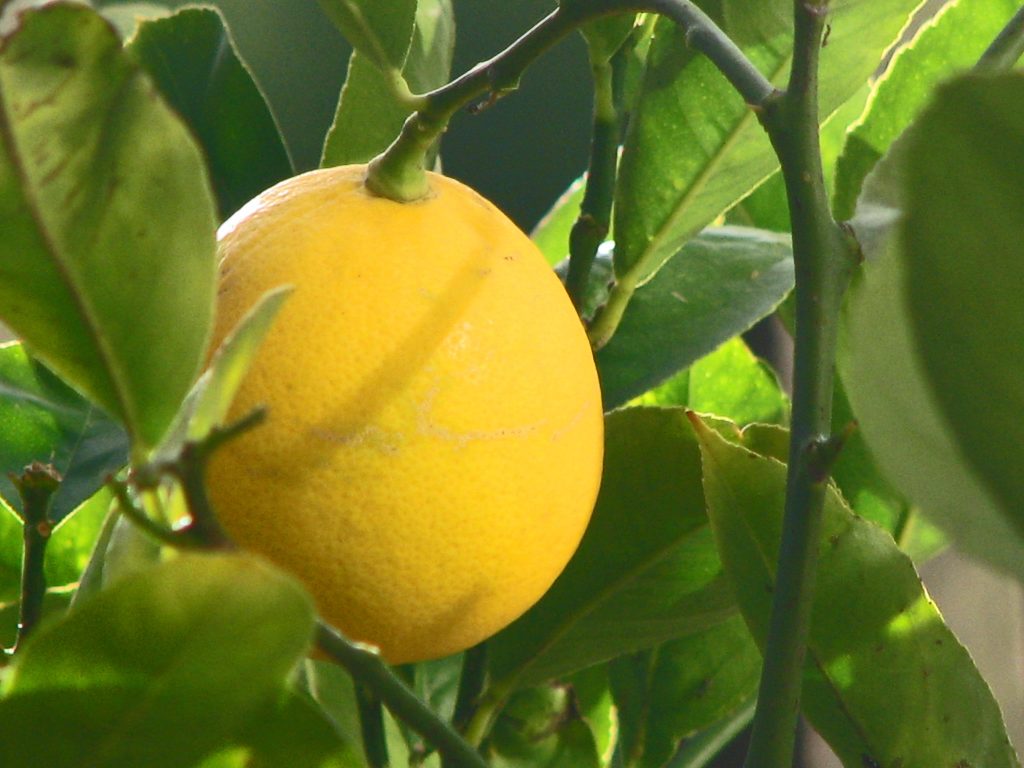
Perhaps you’re looking to add some zing to your latest kitchen creation, or you want some garnish for your cocktails. If you need something like that, then what you really need is lemons. You’ll get plenty of delicious and nutritious fruit when you take proper care of your Meyer lemon trees.
Here are our top tips on how to plant your own Meyer lemon trees in your garden and care for them properly.
Light
Like any plant, or indeed any living thing, Meyer lemon trees need adequate sunlight to grow and thrive. Make sure that you give your lemon tree all the sunlight it needs. We recommend keeping it to the southwest of your garden so it can soak up sunlight all day long. Meyer lemon trees need around eight hours of sunlight per day. If you can’t give your tree that much light, invest in some grow lights to mimic the sun’s rays for it.
Soil
Every plant also requires soil to grow in. Meyer lemon trees do well in most soils, so long as you choose one with good drainage. The soil pH should be between 5.5 and 6.5. Meyer lemons love loamy and sandy soils. You can alter the pH of the soil by using sulfur to lower it and lime to increase it as needed.
Water
Citrus plants also need the right amount of water to grow properly, especially if you keep yours in a pot. The goal is to keep the soil moist without it getting soggy. Test the water level yourself by sticking your fingers into the soil up to your second knuckle. If your fingertips are damp, then the plant has enough water. If the soil is dry all the way down, then add some water until you see it running out of the bottom of the dirt.
One benefit of Meyer lemons is they can be grown indoors. If you keep yours indoors, then you should mist the leaves with water to keep it healthy. You can also use pot feet to let water drain out of the pot and prevent plants from becoming waterlogged.
Humidity and Temperature
Citrus trees like Meyer lemons are best kept at humidity levels over 50%. If you live somewhere without that humidity, you can make things easier on your plants with some rocks. Fill a tray with rocks and add enough water to almost cover the rocks. Put the pot on top of the stones to increase humidity levels around the plant.
In terms of temperature, Meyer lemons like to be kept at between 50 and 80 degrees Fahrenheit. This means that they do best in USDA growing zones 9 to 11. If you don’t live in those zones, consider bringing your lemon tree inside during the winter when temperatures drop below 50 degrees. You can take the plant back outdoors when temperatures increase during the spring. It’s best to grow your lemon tree in a sunny spot protected against high winds to keep it warm and healthy.
Fertilizer
Between the spring and fall is the growing season for Meyer lemons. During this time, use high-nitrogen fertilizer or slow-release all-purpose fertilizer for your tree. Applying fertilizer evenly three times across the growing season should more than enough. Citrus trees do well when fed with liquid fertilizers such as compost tea, fish emulsion, and liquid kelp. This is optional, however.
Potting and Repotting Meyer Lemon Trees
When you need to pot or repot your Meyer lemon tree, we recommend using a five-gallon container – or larger – that is at least 12-15 inches high. Ensure that the container has enough drainage holes for your tree. Fill the pot with a potting mixture, preferably a potting mix designed for citrus trees, to around the halfway point. Take the tree out of the original container and fluff the roots if needed. Place the tree in the center of the new pot and add a potting mix to fill in the gaps until the crown of the roots is just visible. Press the soil down and then immediately water the lemon tree.
Pruning
Meyer lemon trees don’t typically require pruning. It can still be beneficial for them, however, and is something worth considering. Pruning trees helps structure them to fit better the space they are kept in. Pruning branches also helps support the fruit as it grows and emerges. You can prune your lemon tree by cutting back long and thin branches as they develop. These branches typically don’t produce any fruit. Clearing away these branches means other branches can fill out stronger to hold fruit as it grows. Take care to remove dead, damaged, and diseased branches to keep your tree healthy.
Harvesting
When your lemon trees are ready for harvest depends on the environment. Indoor trees typically bear fruit in the spring, while outdoor trees can bear fruit all year-round. Given that citrus fruits only ripen while attached to the tree, ensure that you let the lemons ripen before removing them. Ripe Meyer lemons have a similar color to egg yolk and are slightly soft. Use scissors or a knife to remove the lemons to avoid damaging the tree.
